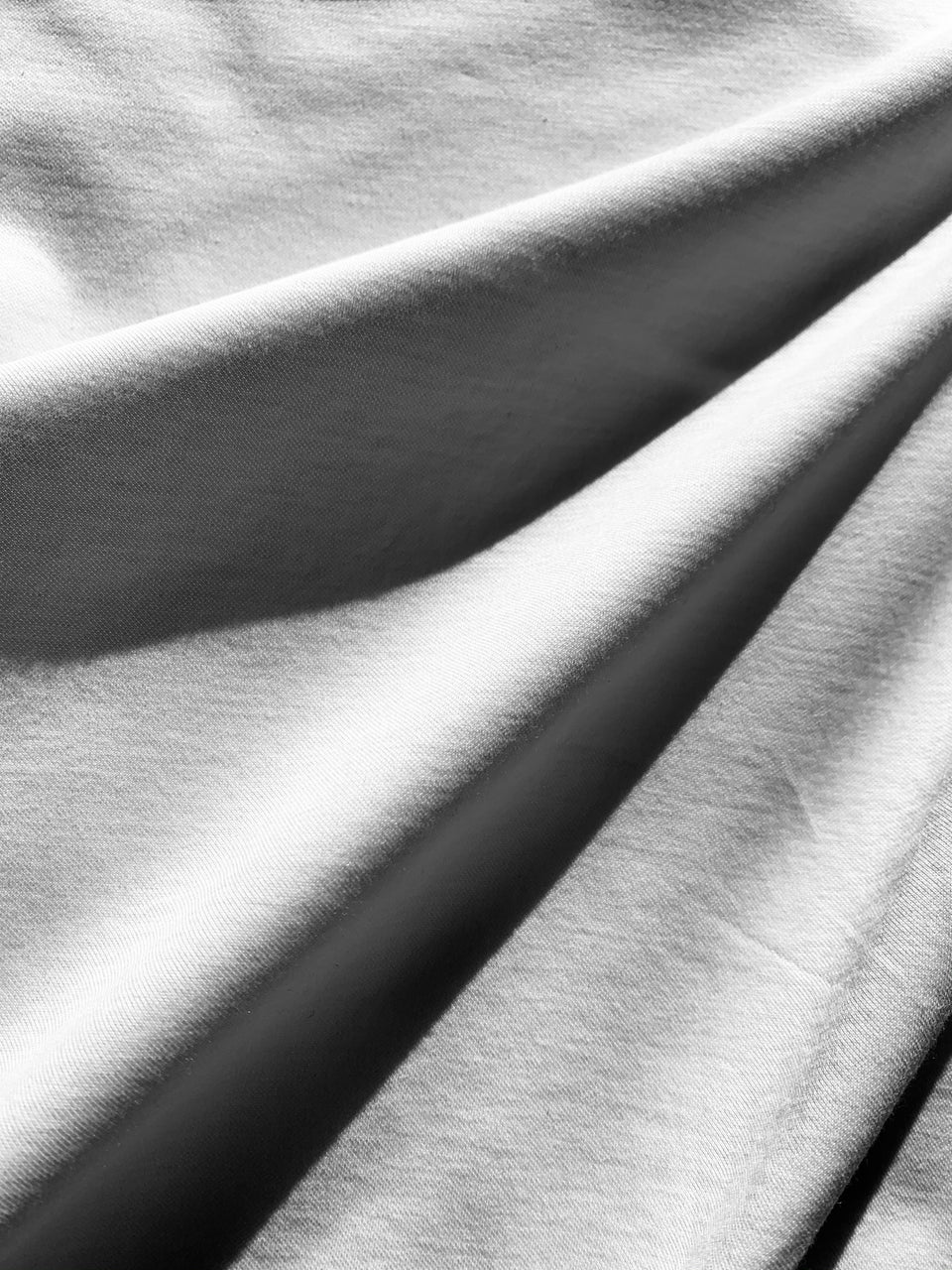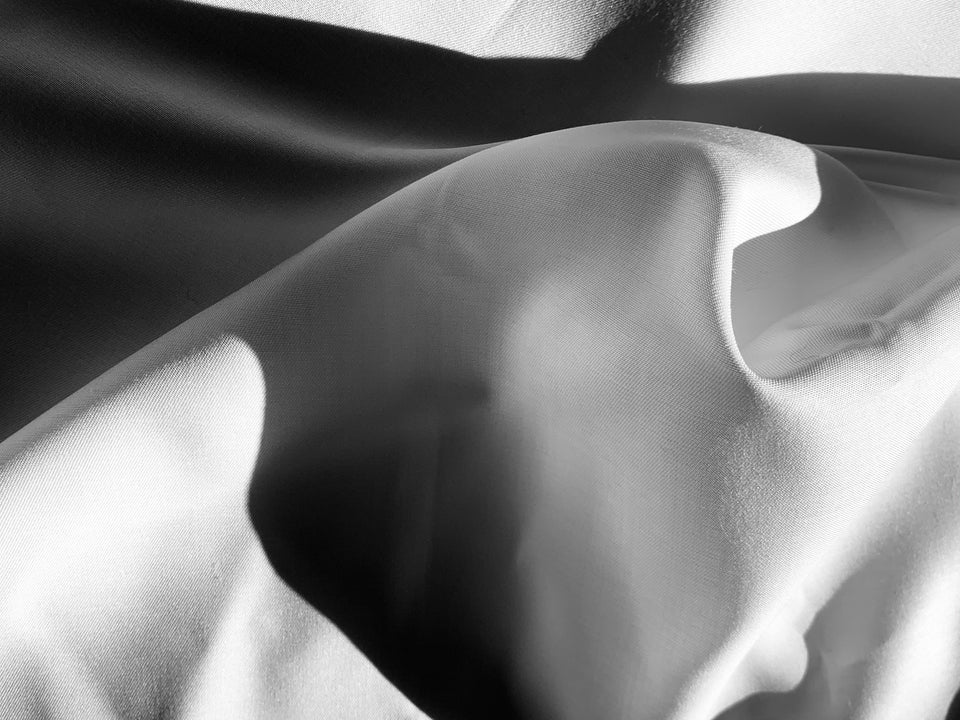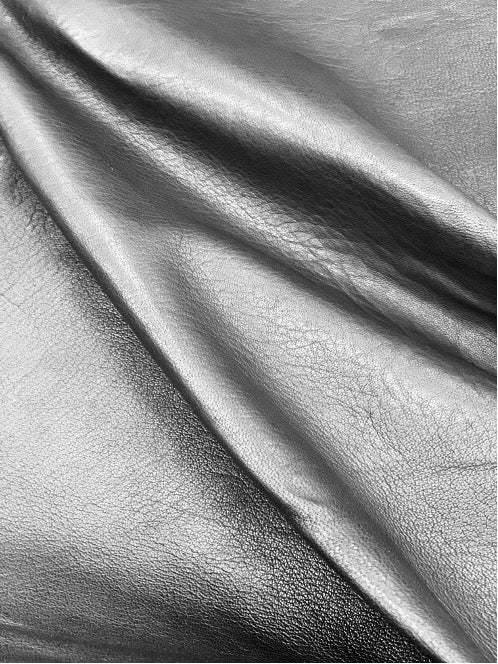High density jersey
tangenetの定番Tシャツ素材。北陸産地で生まれたハイゲージでしっかりと丈夫なジャージー素材。コットンとT400という伸縮性あるポリエステルを交編し、36ゲージのハイゲージで編みたてている。T400の収縮効果を利用して素材にハリコシと目の詰まった安心感を持たせた。福井のHIRONENならではの作り方で編み上げた生地を岐阜の東海染工にて経年黄変せずに汚れも落ちやすい加工で仕上げている。
素材自体のしっかりとしたタフさに加え、仕上げ加工での美しく続く白い色。そんな素材だから着用と洗濯の繰り返しでも劣化せずにいつの日かユーザーのMY VINTAGEになる。
Standard T-shirt material at “tangenet”.
It is a sturdy high gauge jersey material born in the Hokuriku production area.
It is a 36 gauge high gauge knit that interweaves cotton and stretchy polyester called T400. Utilizing the stretchiness of T400, the finely woven material was made to have some stiffness and stability- a fabric with a sense of security, so to say. Fabric woven by the original technique of HIRONEN in Fukui
prefecture is processed at Tokai Senko with an anti-yellowing and
dirt-resistant finish. In addition to the toughness of the material itself, the
finish makes it a long-lasting beautiful white. Because it’s this special material, the T-shirt doesn’t deteriorate with repeated wash and wear over time, so that one day it will become the owner’s very own personal vintage item.
Rayon sufu
tangenetの定番シャツ素材。レーヨンスフとは1980年代くらいまで使われていた短繊維のレーヨン織物。長繊維のレーヨンとは違い、光沢が少なく、コットンに似た表面感を持つ。
原料となるのはユーカリの木。殺虫剤や化学肥料が不要で小さな面積で育てられるなど環境への負担が少ない植物。製造過程で使う溶剤もリサイクルするため廃液が出ない。環境負荷を考えたモノづくりをしている森菊のツイル素材を浜松の東海染工にて経年黄変せずに汚れも落ちやすい加工で仕上げている。
着れば着るほど素材の味が出てきて長く愛してもらえる白シャツ素材。
Standard shirt material at “tangenet”. Rayon sufu is a short fiber rayon textile that was used until around the 1980s. Unlike long fiber rayon, it has little luster and has a surface texture similar to cotton. The raw material is the eucalyptus tree. It doesn’t require pesticides or chemical fertilizers and can be grown in a small land area, making it a plant with little environmental impact. Solvents used in the manufacturing process are recycled so that it doesn’t produce any waste liquid either. Twill material made by the environmentally friendly manufacturer Morikiku is processed at Tokai Senko in Hamamatsu with an anti-yellowing and dirt-resistant finish.
It is a white shirt material that gets a nice worn-in feel the more it is used,
making it suitable for shirts to be cherished for a long time.
Wagyu leather
人類は、約200万年前の旧石器時代に狩猟採取をしていた時から革が生活に欠かせないツールだった。ありがたく食料として頂戴した後、革は滑して衣類や様々な道具の素材として活用する。まさに廃棄することが無いアップサイクルな生活をしていた。
そして現代。僕は肉が好きだ。週に一回は和牛のステーキを食べることを楽しみにしている。この美味しくいただいている和牛の革を衣料に使用できないだろうかと考え、日本の革の産地、兵庫県たつの市の「ごとう製革所」を訪れた。そこでは、和牛の革を野球のグローブ用途として生産していた。和牛の革は衣料用に飼育されている訳では無いので革に傷があり硬いという特徴がある。グローブのように小さいパーツには適するが衣料にはあまり適さないと言う。
tangenetでは、その硬い革にオイルを存分に染み込ませ、柔らかくなるように徹底的に腰を抜き、傷部分は服の目立ちづらい箇所に使用する。そんなプロセスを経て生まれた製品は、新品だけどオイルで丁寧にケアし、長年使い込まれたかのようなヴィンテージな表情に仕上がった。



